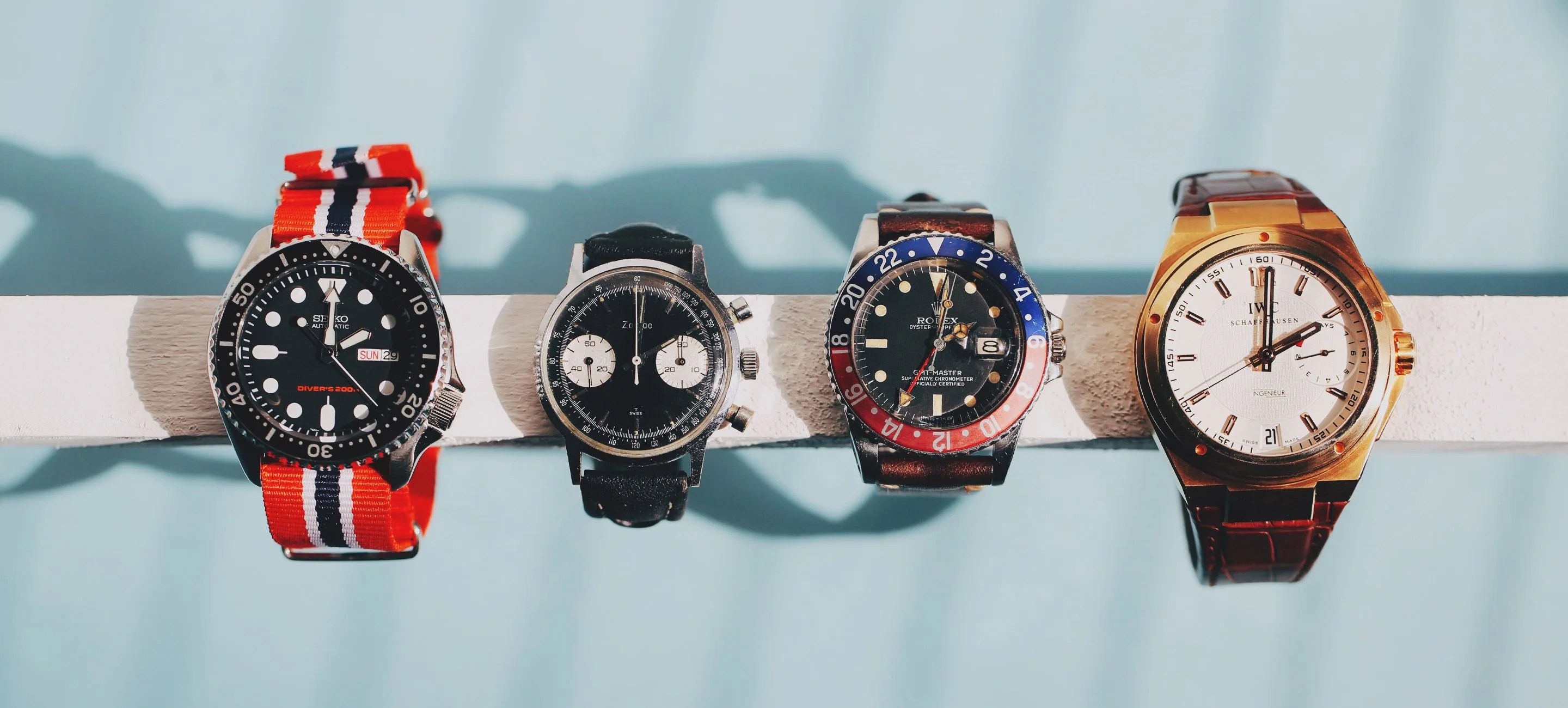The Apple Watch is here and with it a hullabaloo of pundits making outlandish claims, or just level-headed observations. (We’ll have our own observations soon.) But once the dust settles, and consumers respond by purchasing them in droves, what’s a proper watch buyer to do? Plenty.
Here are four watches, three of them vintage, priced roughly at each of Apple Watch’s announced prices — tiers dictated long ago by the watch industry itself. Their downsides and upsides are obvious: They won’t check email, send Instagram notifications, run apps or store music; but they’re time-proven, won’t barrage you with notifications, and you can buy them all right now.
For more inspiration, peruse our vintage watch buying guide.
Additional contribution by J.W. Sotak.
Seiko Diver SKX007
Seiko is an horological powerhouse. Despite its pedestrian reputation, the Japanese manufacture has been producing excellent timepieces since the late 1960s. Always a challenger of the Swiss model, Seiko has been able to keep pace while taking in stride the ever-changing market.
Today, a fully mechanical automatic dive watch from Seiko will run you no more than $200. With a sturdy stainless steel case and a 200-meter depth rating, the SKX007 is a great option for everything from everyday wear to field exercises.
